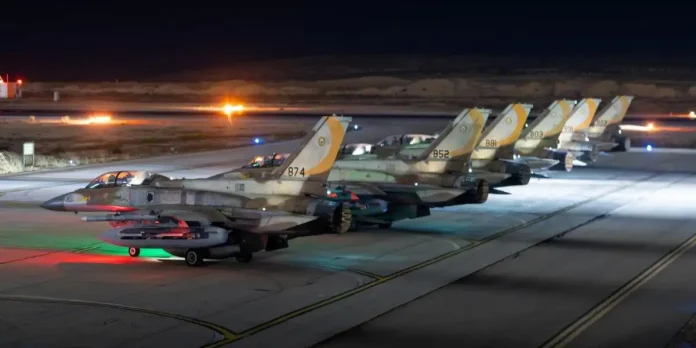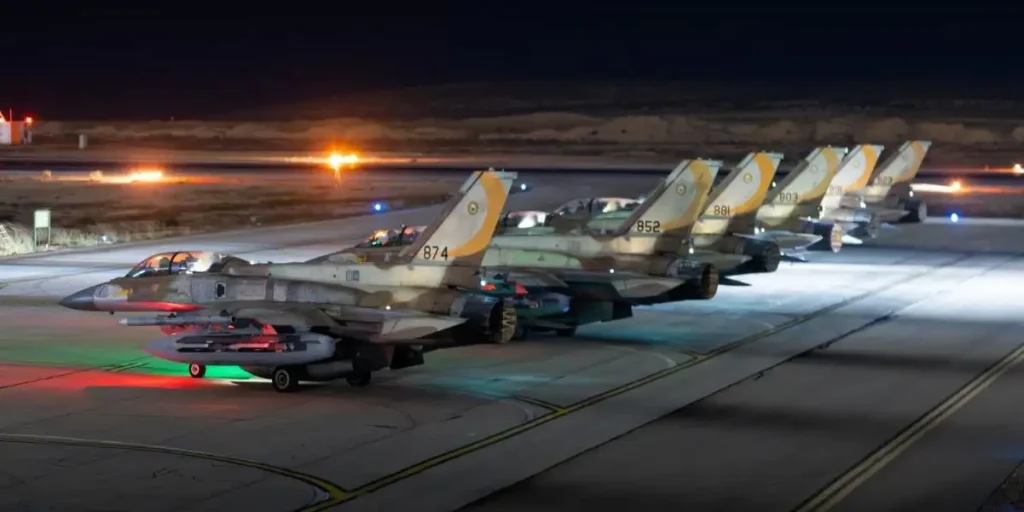
“The Tehran nighttime sky glowed with the blaze of 330 precision rockets, redefining the new rules of conflict in the modern age within a few hours.” Operation Rising Lion, Israel’s brazen June 2025 attack on Iran, was not just an operation—it was a tectonic movement that revealed new realities of air power, intel, and the art of deception. For defense hawks and experts, the operation is a textbook example of how technology, strategy, and psychology now converge on the battlefield. As the dust settles, the shape of this new era in warfare comes into clearer relief, delivering lessons that will mold doctrine and policy for years to come. Here are nine ways the operation has remapped the landscape.
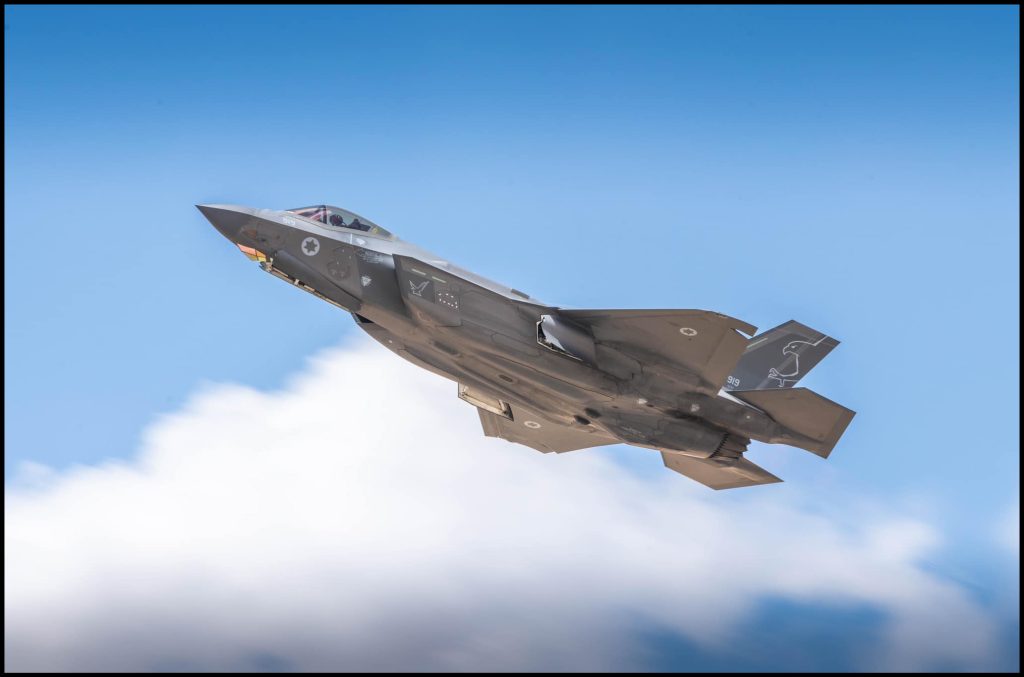
1. The F-35I Adir: Israel’s Stealth Revolution
Israel’s F-35I Adir demonstrated itself to be a strategic game-changer, carrying out deep-penetration attacks on Iran’s toughest targets. As opposed to the production-line F-35As, the Adir features Israeli-designed electronic warfare packages, plug-and-play architecture for home-grown weapons, and conformal fuel tanks for added range, facilitating missions in excess of 1,700 kilometers without refueling from the air. These changes, which Defense.info has labeled as “unprecedented approval to substitute vital systems with locally-designed substitutes that surpass F-35A standard specifications”, enabled the Adir to bypass Russian-supplied S-300 and S-400 air defenses and deploy precision ammunition virtually unopposed. The mission confirmed Israel’s network-centric warfare doctrine, where the F-35I functioned as a sensor node that was coordinated with F-15I and F-16I platforms for a force-multiplying effect.history-making clearance to replace crucial systems with locally-developed ones that surpass standard F-35A specifications
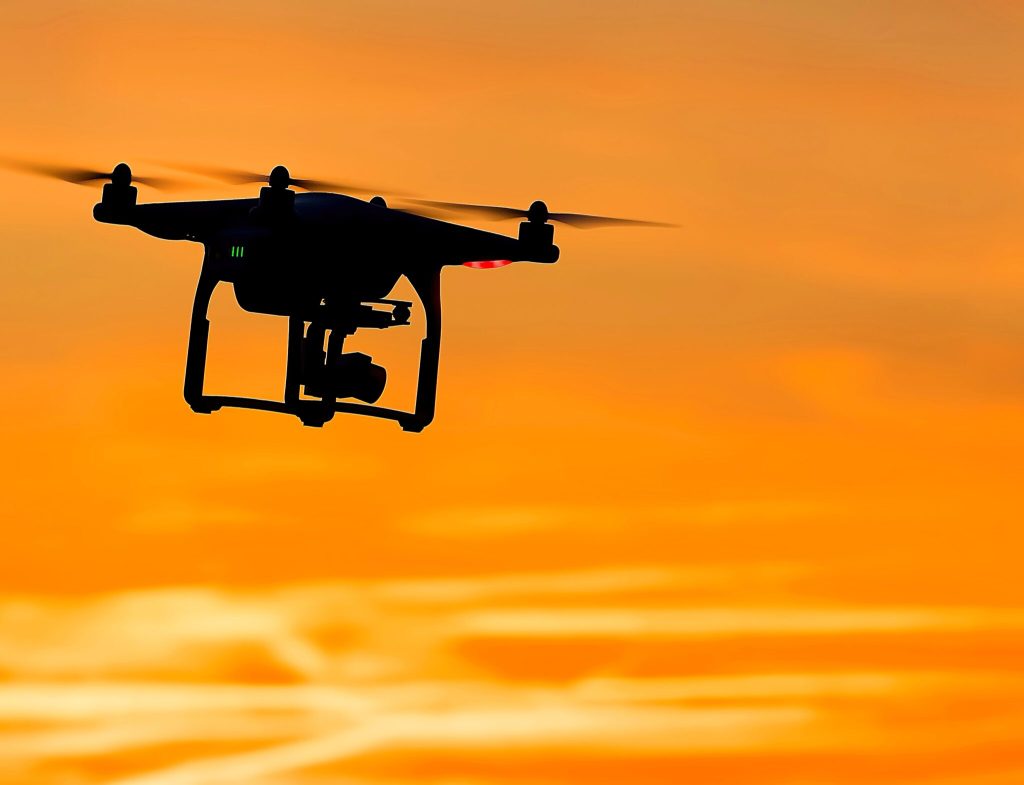
2. Intelligence, Infiltration, and the Art of Deception
Operation Rising Lion was as much an intelligence success as it was a kinetic success. Decades of clandestine penetration allowed Israel to pre-position drones and attack facilities within Iran, avoiding traditional defenses. “Israel’s operational concept combined a decapitation strike with cognitive disruption”, the Hudson Institute explains, utilizing deception at all levels. Fake diplomatic cues, faked media leaks, and even the scheduling of government meetings lulled Tehran into an illusion of security. The psychological effect was immense: Iranian command and control disintegrated prior to the first missile impact, with leadership dazed and unable to mount an effective response.Israel’s operational concept fused decapitation strike with cognitive disruption
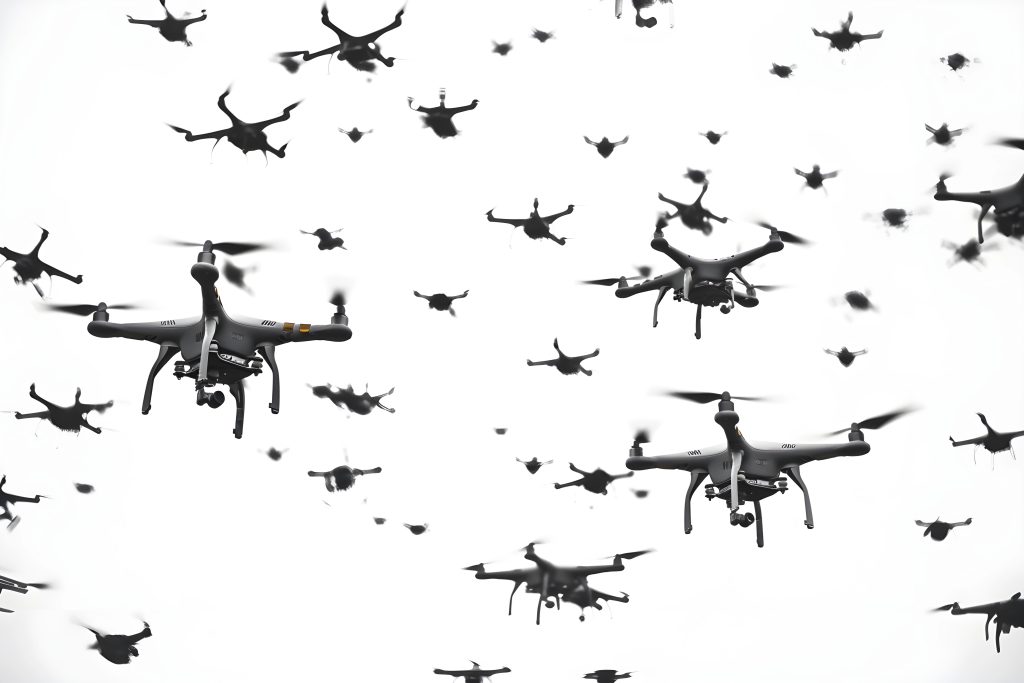
3. Swarms of Drones and the Emergence of Ungentlemanly Robots
The first act of the operation was the use of swarms of tiny, explosive drones—many pre-deployed by Israeli commandos months earlier—against Iranian air defense radars and communications nodes. This strategy, similar to Ukraine’s recent drone operations, blinded early warning networks and caused operational dislocation. As the Center for Strategic and International Studies noted, “deep integration of special operations forces, autonomous drones, and AI-enabled intelligence is now the baseline for theater entry”. The combination of drones and manned aircraft stretched out the battlefield, closing decision cycles and overloading even advanced defenses.deep integration of special operations forces, autonomous UAVs, and AI-enhanced intelligence is now the standard for theater access
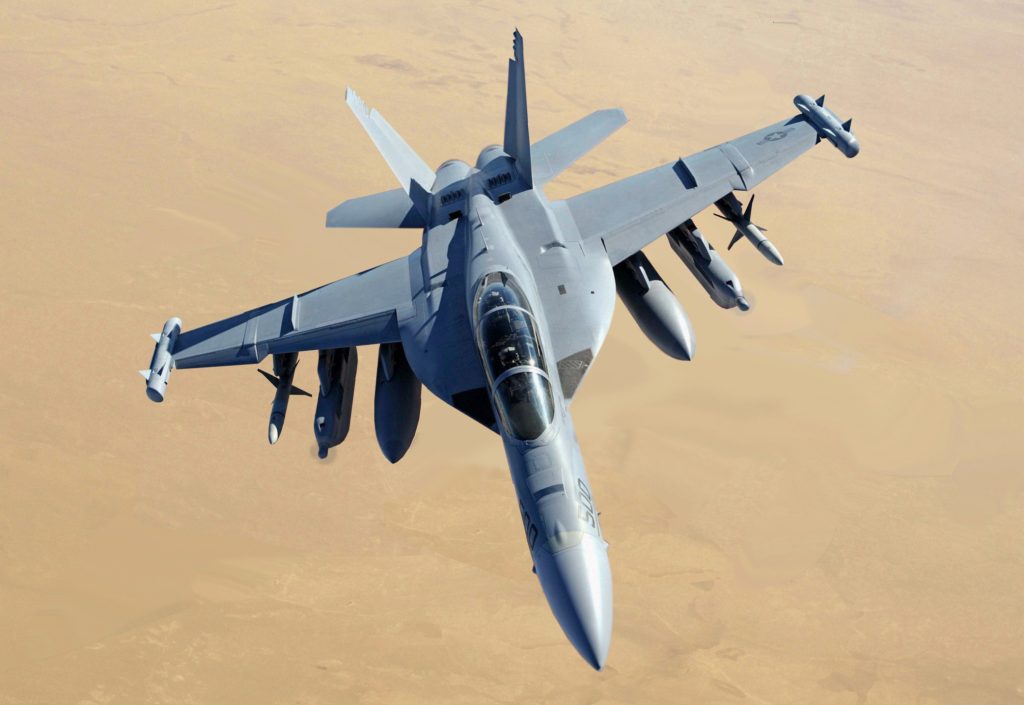
4. Suppression and Destruction of Enemy Air Defenses (SEAD/DEAD)
The first Israeli campaign was carefully crafted to shut down Iran’s air defenses. Electronic warfare, cyber operations, and kinetic attack blended to weaken command-and-control nodes and radar sites. As Proceedings Magazine explained, “SEAD generally encompasses a great diversity of electronic attack methods, which can jam, disorient, or neutralize hostile air defenses.”. The F-35I’s advanced EW suite and real-time data sharing enabled Israeli aircraft to operate freely over Iran, achieving air superiority within hours and paving the way for sustained operations against nuclear and military infrastructure.SEAD typically involves a wide variety of electronic attack techniques, which can jam, confuse, or deactivate enemy air defenses

5. Precision Strikes on Nuclear and Leadership Targets
Israel’s strikes went far beyond nuclear facilities. The campaign was aimed at the Iranian military commanders, missile program, and key energy facilities. “The killing of senior scientists will undoubtedly also make it harder and slower for any attempts to rebuild the programme or to move towards weaponisation,” the Royal United Services Institute states. The sabotage of the Natanz Pilot Fuel Enrichment Plant and assassination of important IRGC and nuclear personnel brought both technical delays and a leadership void, allowing for Israeli delay and weakening Iran’s capacity to organize retaliatory action.
The assassination of senior scientists will unquestionably also complicate and decelerate any attempts to rebuild the programme or to accelerate towards weaponisatio
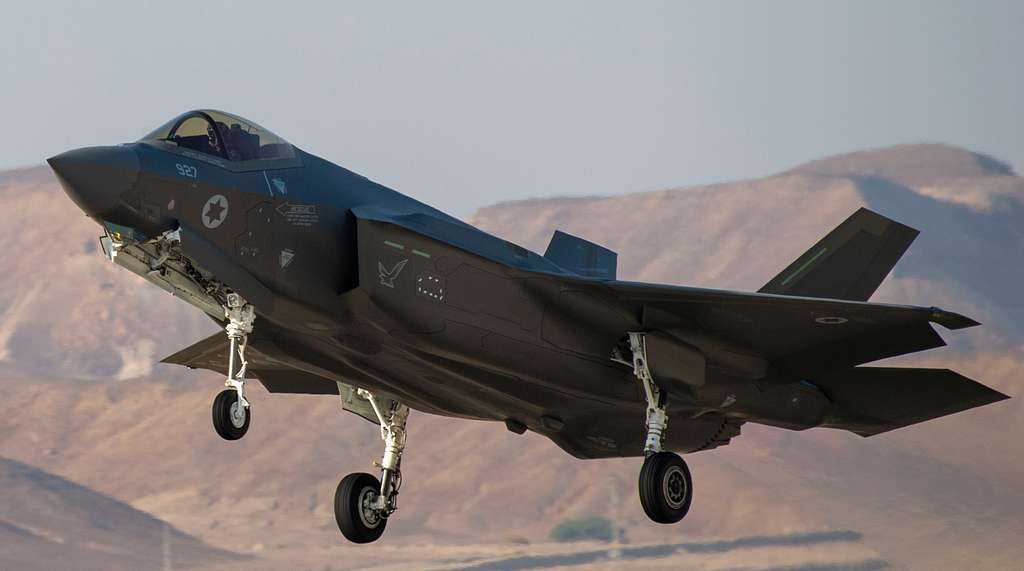
6. The Logistics Puzzle: Extended Range and Aerial Refueling
The long ranges from Israel to Iranian targets presented daunting logistical challenges. Rumor has persisted that Israel’s F-35Is were adapted to extended range, perhaps with external drop tanks created with U.S. technical assistance. National Security Journal reported, “the aircraft achieved this extended range by adding more fuel”, although any external adaptation jeopardized stealth capabilities. At the same time, Israel’s diminutive tanker fleet was stretched to the breaking point, and high-tempo operations’ sustainability were reliant on both creative aircraft modifications and unpublicized regional cooperation.the aircraft did this increased range by carrying more fuel

7. Iran’s Response: Retaliation and Strategic Constraints
Iran’s retaliation, comprised of more than 100 drones and scores of ballistic missiles, was muted by Israel’s multi-tiered missile defense. As Atlantic Council’s Jason M. Brodsky explained, “Israel’s military and intelligence dominance over the Islamic Republic has overwhelmed and severely weakened the regime by decapitations, degrading its military, and destroying its nuclear program.” Iran’s capacity for further retaliation was greatly crippled by the destruction of command facilities and missile caches, compelling Tehran to shift resources and readjust its approach.
The Islamic Republic’s military and intelligence disadvantage vis-à-vis Israel has overwhelmed and gravely weakened the regime via decapitations, weakening of its military, and impairment of its nuclear program
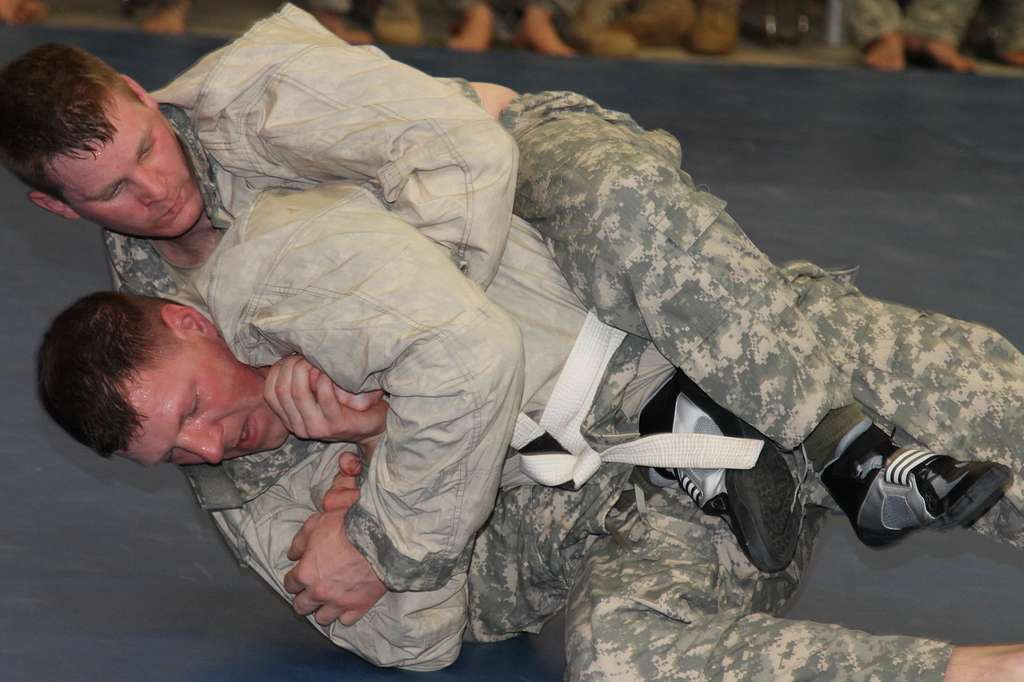
8. The Human and Psychological Cost
Aside from the military equation, the operation dealt a psychological blow of great depth to Iranian society. The surprise and magnitude of the attack, combined with scenes of devastation in Tehran, had caused widespread panic and an unusual feeling of national unity—even among detractors of the regime. As historian Kelly J. Shannon noted, “the public is angry, but not surprised, that the Islamic Republic did not protect its own people.” The attacks also brought back memories of previous wars, underlining the long-term human toll of high-tech war. The public is outraged, but not shocked, that the Islamic Republic could not defend its own citizens
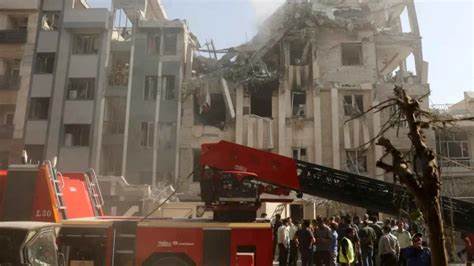
9. Strategic Uncertainty and the Future of Deterrence
Operation Rising Lion has overturned expectations regarding deterrence, escalation, and the boundaries of force. Israel’s capacity to combine intelligence, cyber, and kinetic activities at scale proved that “negotiation leverage is built on the battlefield, not at the table”, as the Hudson Institute aptly described. But the campaign also threatens to speed up Iran’s nuclear program and reorient regional alliances. As each adjusts, the world waits to see if this new age of war will bring stability—or lay the groundwork for even greater turmoil leverage is established on the battlefield, not in the negotiating room
Operation Rising Lion is already being analyzed in war colleges and think tanks worldwide. Its mix of stealth, deception, precision, and psychological warfare heralds an era in which victory does not depend upon firepower alone, but on the harmonious integration of intelligence, technology, and strategy. For policymakers and defense analysts, the lesson is obvious: the future war will be fought and won by those that dominate the seen and the unseen, the kinetic and the cognitive, in a war space that is as much about the constructed versus the destroyed.
